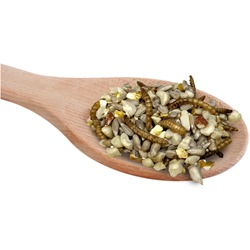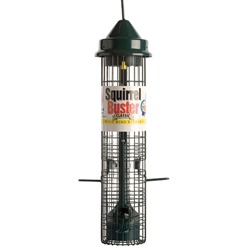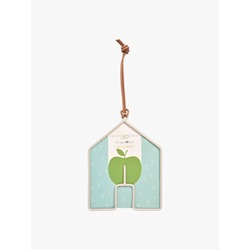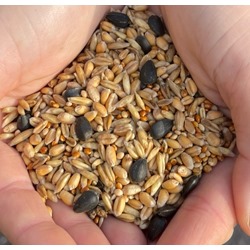
As the human population continues to expand, so does the demand for new housing. This means that in recent years, our urban landscape has continued to encroach more and more on natural spaces and countrysides, forcing birds and other wildlife to either move on and find a new place to live, or adapt and survive.
Remarkably, many avian species are incredibly resilient and have learnt to adapt to living in the concrete jungle. Keep reading to find out how…
Nesting
Sociable birds and those with less rigid nesting requirements tend to adapt more quickly and positively to urban environments and busy settings. Sparrows, pigeons and starlings are among the most notable urban birds that have adapted to city life, with these species seeing buildings, chimneys and window ledges as potential nesting sites rather than dangerous hazards.
Smaller birds tend to be able to navigate hazards and remain undetected more so than larger birds and thus have better nesting opportunities. Birds that lay larger clutches also tend to fare well in cities. This could be an evolutionary change, developed in order to guarantee the continuation of the species even when faced with the hazards of city life, like hard pavements, building collapses and domestic cats.
Birds that make use of artificial structures while nesting are also more likely to raise their young successfully than birds that naturally nest at ground level. These structure can offer protection from predators and the elements in the same way that cliffs and trees do in a natural setting.
Urban birds have also evolved to be more creative with what they use to build their nests. For example, birds have been seen in urban spaces using plastic rubbish, string and paper to build their nests rather than twigs and leaves.
Calls & Songs
Noise pollution in city environments poses another issue for birds when it comes to communication. Species that live in cities have adapted their bird song to be at a higher frequency in an attempt to be heard over the sound of traffic and construction.
Birds that rely on their bird song for mating or territory defence may sing louder or longer to overcome background noise and the hustle and bustle of urban life. Robins and pigeons have also been documented shifting their vocalisations to quieter moments of the day, such as early in the morning or late at night, when traffic noises are less intense.
Moreover, in quieter, natural environments, birds tend to produce complex songs with multiple phrases and variations. In cities, however, some birds simplify their songs to more direct vocalisations to ensure they can be recognised and heard easily.
Diet
Birds that are able to eat a broad range of foods tend to thrive the most in urban environments.
The most common urban birds include crows, seagulls, magpies and pigeons: all of which cope well with the pressures of fast-paced locations by taking advantage of human-related feeding opportunities. Pigeons in particular have no fear of humans and so are not afraid to closely associate with people and take advantage of scraps and leftovers.
Crows, magpies and other corvids thrive in urban environments thanks to their problem-solving skills and natural intelligence which helps them locate food in busy town centres.
While cities provide a lot of human food, they tend to have fewer natural food sources, such as insects, berries and seeds, compared to rural areas. This is why many species have learned to frequent birdfeeders in urban areas, which offer a consistent food supply, particularly in winter months when natural food is scarce.
How Can I Help Urban Birds?
By providing your local birds with suitably mounted nest boxes and high-quality bird seed in bird feeders, you can help compensate (in part) for the loss of natural resources and habitats. By leaving small areas of garden 'messy' you will also encourage the survival of badly needed bees, bugs and butterflies, which so many garden bird species need for survival.
At Really Wild Bird Food, we stock a wide range of nest boxes, bird seed and feeders so that you can help support your local birds. You can browse our stock by clicking the buttons below!
Shop Bird Food Shop Bird Feeders Shop Nest Boxes
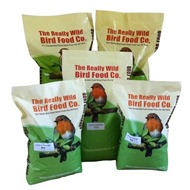
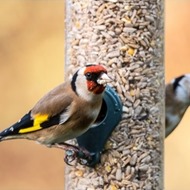 Back
Back Bird Feeders
Bird Feeders  Seed Feeders
Seed Feeders Peanut Feeders
Peanut Feeders Peanut Butter Feeders
Peanut Butter Feeders Suet & Fat Feeders
Suet & Fat Feeders Window Feeders
Window Feeders Hanging Feeders
Hanging Feeders Feeding Stations
Feeding Stations Ground Feeders
Ground Feeders Easy Clean Feeders
Easy Clean Feeders Bird Tables
Bird Tables Seed Trays
Seed Trays Bird Baths & Drinkers
Bird Baths & Drinkers Feeder Accessories
Feeder Accessories Feeder Hygiene
Feeder Hygiene Squirrel Proof Bird Feeders
Squirrel Proof Bird Feeders For the Kids
For the Kids Niger Seed Feeders
Niger Seed Feeders Mealworm Feeders
Mealworm Feeders Bird Food Storage
Bird Food Storage Fat Ball Feeders
Fat Ball Feeders Tube Feeders
Tube Feeders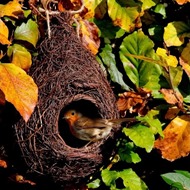
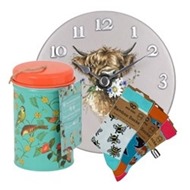

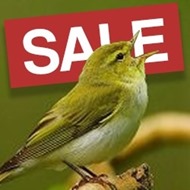
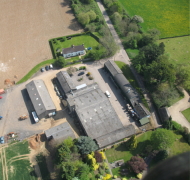 Our Farm
Our Farm Contact Us















